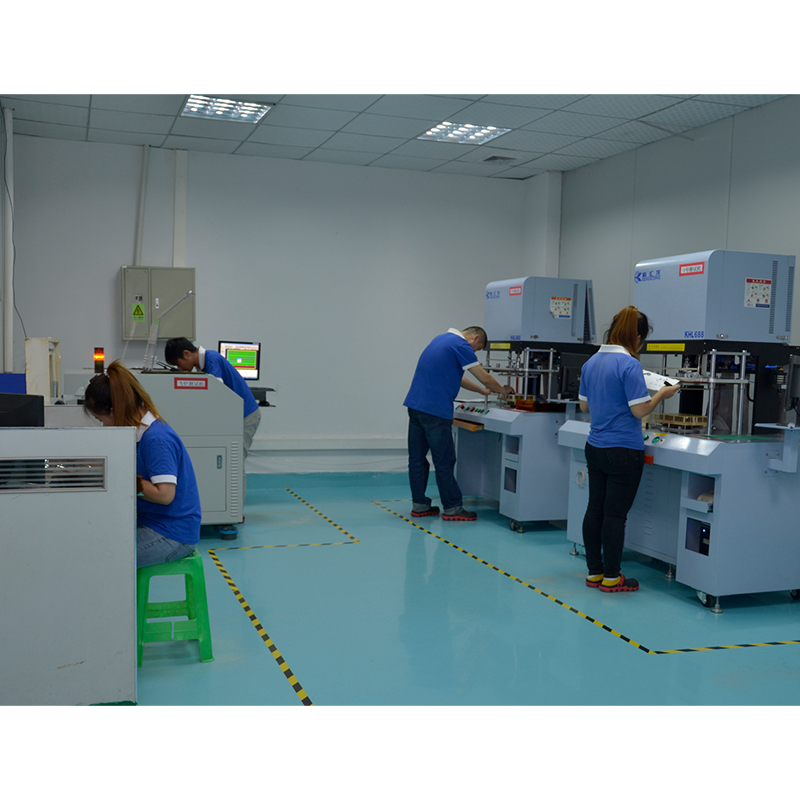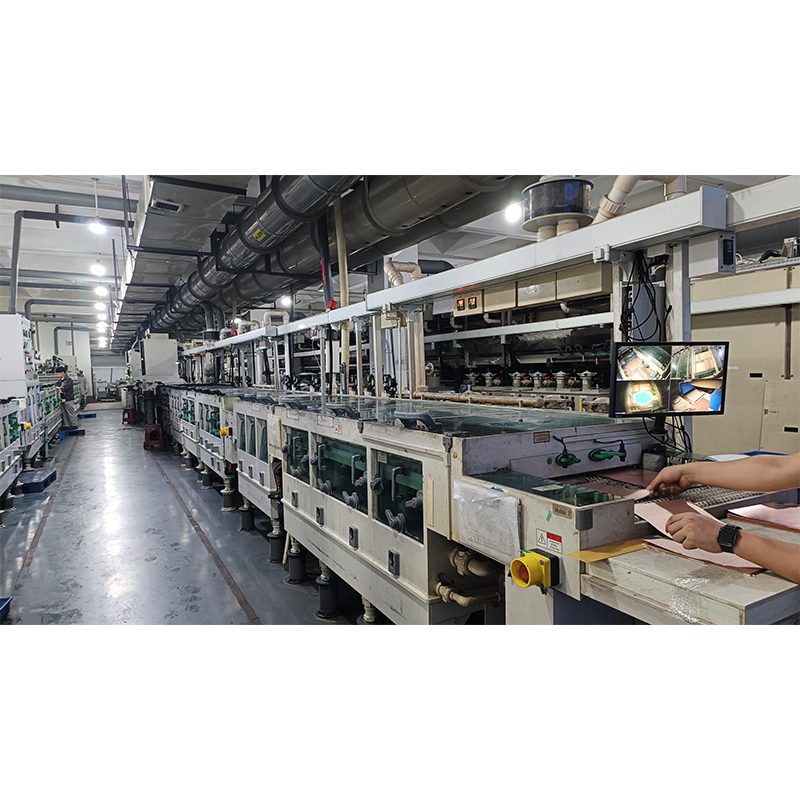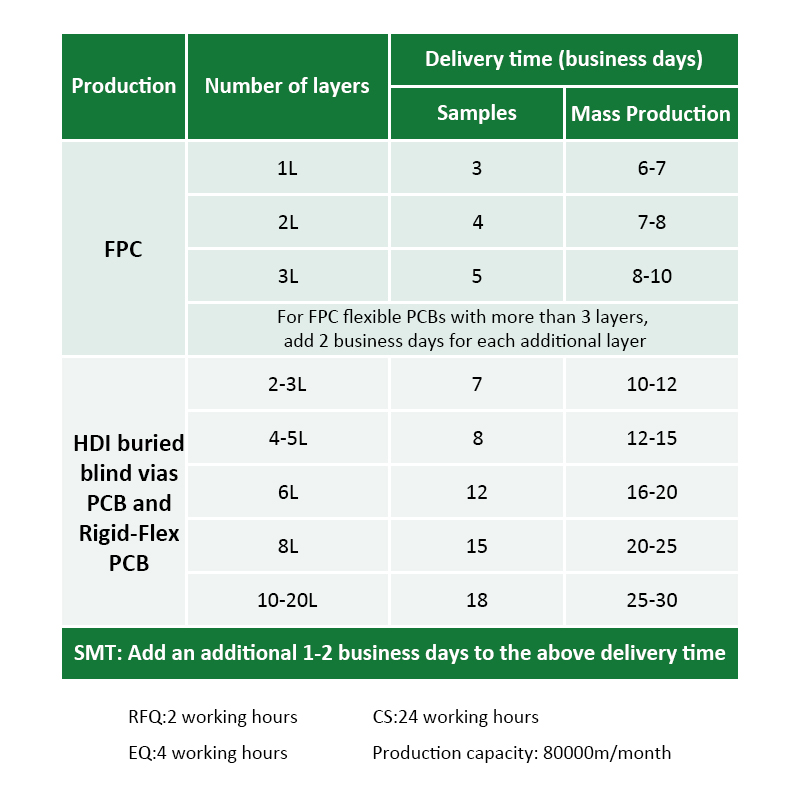-

Protect my fast PCB prototype from ESD damage
In this blog post, we will discuss the importance of protecting fast-turnaround PCB prototypes from ESD damage and provide some effective strategies to help you prevent this situation. For the circuit board industry, one of the biggest challenges engineers face is protecting their fast-turn PCB p...Read more -

Can I prototype a PCB for automotive applications?
In today’s fast-paced automotive industry, maintaining a competitive edge is critical. The company continuously strives to develop cutting-edge technologies that push the boundaries of innovation and drive the industry forward. A key element in achieving these goals is the development and p...Read more -

Can I prototype a 4-layer or 6-layer PCB?
There are many factors to consider when designing a printed circuit board (PCB) prototype. Choosing the appropriate number of layers is an important decision that can significantly affect the functionality and complexity of the PCB. As a leading provider of PCB prototyping services, Capel is prou...Read more -

Capel: The go-to manufacturer for all your PCB prototyping needs
In today’s fast-paced, technologically advanced world, printed circuit boards (PCBs) play a vital role in countless electronic devices. From smartphones and laptops to medical devices and automotive gadgets, PCBs are the backbone of modern technology, enabling electronic components to conne...Read more -

Ensure the quality of my Low Cost Pcb Prototype
When manufacturing low-cost PCB prototypes, ensuring their quality is critical. You want to create a prototype that not only meets your design requirements but also performs reliably and accurately. In this blog post, we’ll look at how to ensure the quality of low-cost PCB prototypes and in...Read more -

What is the minimum order quantity for PCB prototypes?
When it comes to PCB prototyping, minimum order quantity (MOQ) is a very important topic. In today’s fast-paced world, innovation is at the heart of every industry. Whether you’re a startup or an established company, there’s always a need to develop new products and bring them t...Read more -

Are there any online PCB prototype services available?
Are there any online PCB prototyping services? This question often arises when an individual or business seeks to develop and test a new circuit board design. Fortunately, the answer is yes! In today’s digital age, there are many online services that provide efficient and cost-effective sol...Read more -

Can I Prototype Circuit Boards without experience in electronics?
Are you someone who has always been fascinated by the electronic world? Do circuit boards and their intricate designs pique your curiosity? If so, you might be wondering if it’s possible to prototype a circuit board without any experience in electronics. The answer may surprise you! In toda...Read more -

What materials are commonly used for PCB prototyping?
When it comes to PCB prototyping, it’s critical to choose the right material that meets both project requirements and industry standards. Capel has 15 years of experience in the circuit board industry and offers a variety of materials for PCB prototyping, including multi-layer flexible PCBs...Read more -

What is the difference between PCB prototyping and PCB manufacturing?
When talking about electronic circuit design, two terms often come up: PCB prototyping and PCB manufacturing. Although they look similar, they serve different purposes and have distinct differences. In this blog post, we will explore the differences between these two concepts, their importance in...Read more -

What materials are commonly used for PCB board prototypes?
When it comes to PCB board prototyping, choosing the right material is crucial. The materials used in PCB prototypes can have a significant impact on the performance, reliability, and durability of the final product. In this blog post, we will explore some of the most commonly used PCB board prot...Read more -

Capel Flex PCB Prototyping: How Long Does it Take?
In this article, we’ll give you a detailed overview of our flexible PCB prototyping services, including timelines, minimum order quantities (MOQs), and other features that make Capel your best choice. Welcome to our blog post where we will address one of the most frequently asked questions ...Read more






